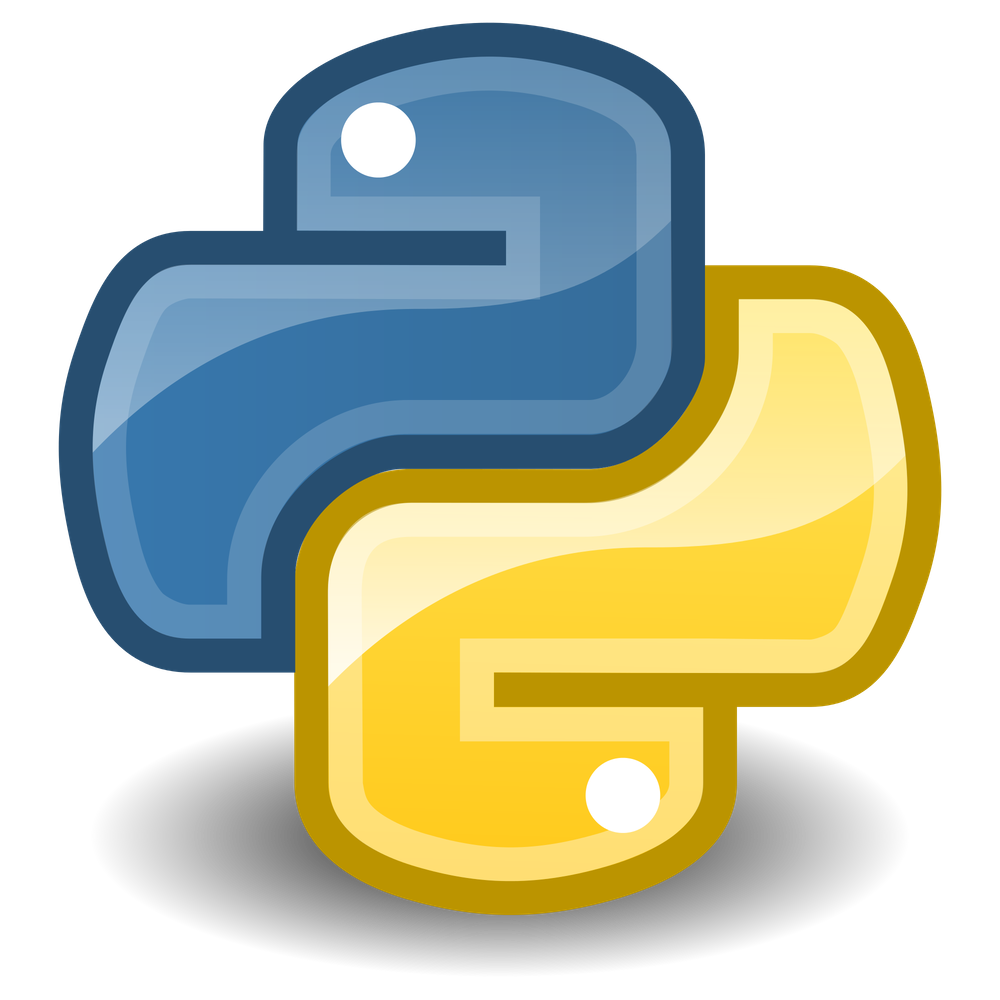

CommentsĬode with a comment: a = 1 # initialization _spam should not be used again in the code. Variable name starting with an underscore ( _) are considered as "unuseful`.It can use only letters, numbers, and the underscore ( _) character.
#Python library reference string formatting pro
xlwings PRO is a commercial add-on with additional functionality. Python format strings are described in Python Library reference / 5.
#Python library reference string formatting windows
You can name a variable anything as long as it obeys the following rules: xlwings is an open-source library to automate Excel with Python instead of VBA and works on Windows and macOS: you can call Python from Excel and vice versa and write UDFs in Python (Windows only). There are two kinds of format strings in Python: those acceptable to the Python built-in format operator, labelled as ‘ python-format ’, and those acceptable to the format method of the ‘ str ’ object. Python uses a string formatting format similar to the C language, and It is more of an old method. We can also perform the conversion using the string formatting method. This method helps us by linking elements within a string through positional formatting. Note: Avoid + operator for string concatenation. The format is a string formatting method of Python. Namespaces are one honking great idea - let's do more of those!įrom Highest to Lowest precedence: OperatorsĮxamples of expressions in the interactive shell: > 2 + 3 * 6 If the implementation is easy to explain, it may be a good idea. All examples on this page work out of the box with with Python 2.7, 3.2, 3.3, 3.4, and 3.5 without requiring any additional libraries. With this site we try to show you the most common use-cases covered by the old and new style string formatting API with practical examples. The simplest case while calling the Python format function is to have a single formatter. Python has had awesome string formatters for many years but the documentation on them is far too theoretic and technical. def vformat(formatstring, args, kwargs): Output buffer and set of used args buffer StringIO.StringIO() usedargs set() Tokens are either format fields or literal strings for token in self.parse(formatstring): if isformatfield(token): Split the token into field value and format spec fieldspec,, formatspec token.partition(':') Check for explicit type conversion explicit,, fieldspec fieldspec.rpartition('') 'firstpart' is the part before the first '.' or. You can invoke format function in one of the following ways: Single argument formatting. If the implementation is hard to explain, it's a bad idea. Here are a few of the simple examples of the Python string formatting. There should be one- and preferably only one -obvious way to do it.Īlthough that way may not be obvious at first unless you're Dutch.Īlthough never is often better than *right* now. In the face of ambiguity, refuse the temptation to guess. Special cases aren't special enough to break the rules. All kudos to the PHPExcel team as openpyxl was initially based on PHPExcel.

It was born from lack of existing library to read/write natively from Python the Office Open XML format. Long time Pythoneer Tim Peters succinctly channels the BDFL's guiding principles for Python's design into 20 aphorisms, only 19 of which have been written down. openpyxl is a Python library to read/write Excel 2010 xlsx/xlsm/xltx/xltm files.


 0 kommentar(er)
0 kommentar(er)
